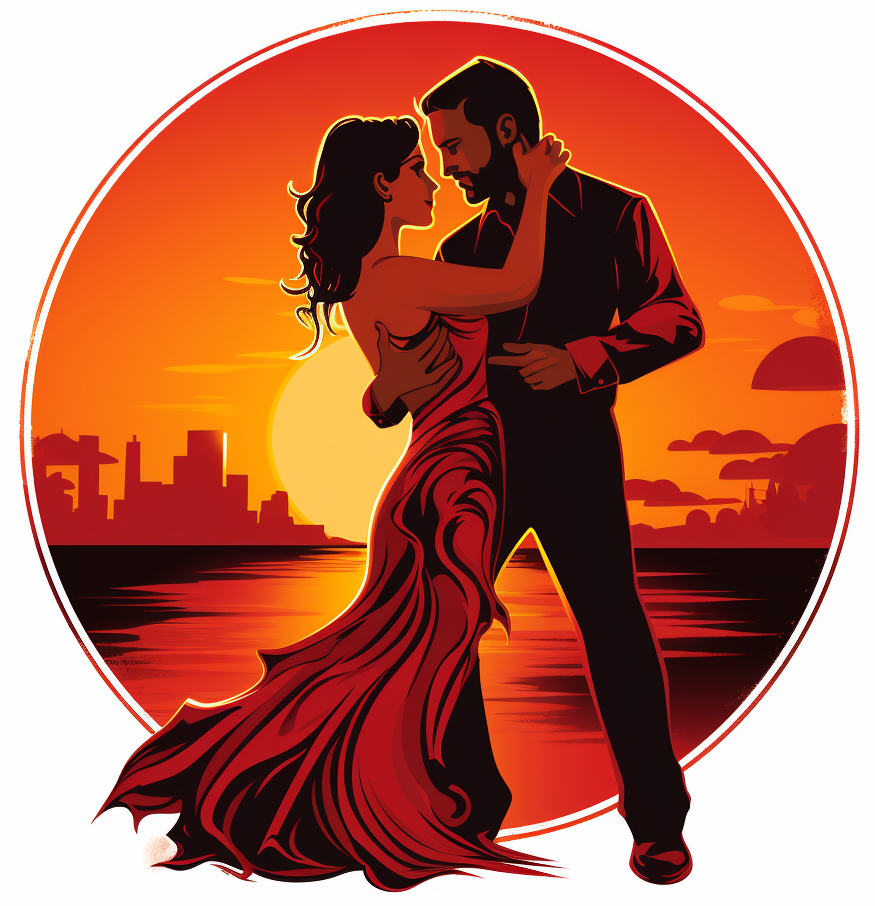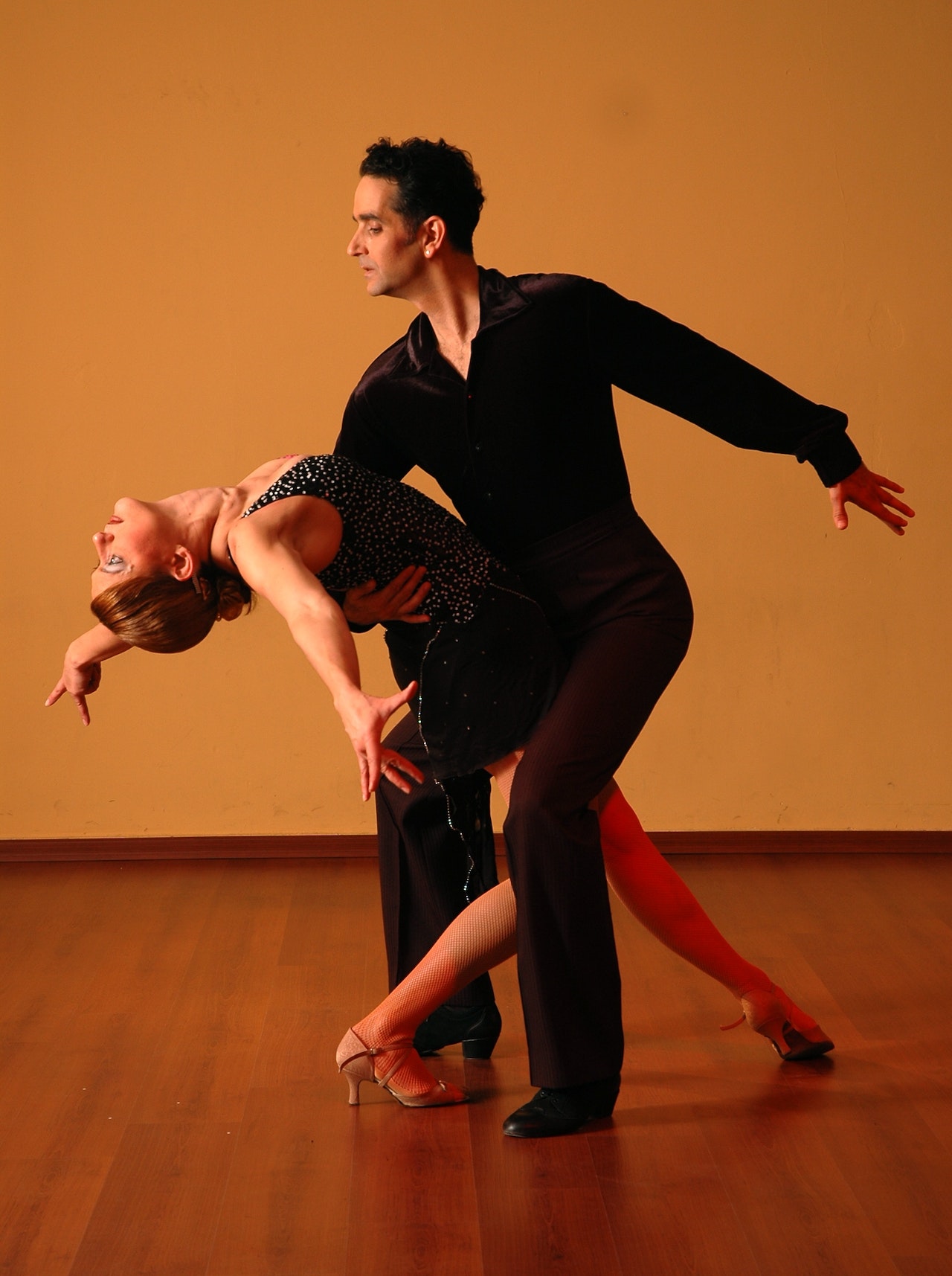Which dance styles exist?
Salsa dance, like its music counterpart, comes in several distinct styles, each with its own unique characteristics relating to footwork, action, energy, and movement patterns.
Cuban Style, also known as “Casino”, is danced in a circular motion with a high energy level. The partners often exchange places and it involves intricate arm movements and playful footwork.
Cuban style is also the basis for Rueda, a salsa dance performed in a group in a circle with synchronised commands and switching dance partners.
The Puerto Rican style, which includes both “on1” and “on2” timings, is danced in a line (or “slot”) with a focus on sharp turns, slick footwork, and elegant styling. The “on2”, or “New York style“, is known for its fluid movement, complex turn patterns, and emphasis on musical interpretation.
The LA Style is danced “on1” but is distinct in its showy, acrobatic moves and dramatic dips often fueled by the Hollywood film and television culture.
Colombian or Cali Style salsa is known for its rapid footwork, where dancers often stay in one place while their feet execute intricate movements. It’s often danced to faster music, emphasizing energy and joy.
Finally, the Miami style is a fusion of Cuban style with elements from various other salsa and dance traditions, focusing on improvisation and rhythm.
Each style offers a unique way to interpret and express the music, contributing to the vibrant diversity within the world of salsa dance.
Choosing your dance style
Choosing from the different dance style options and finding (and refining) your individual style depends on several personal preferences and practical considerations.
Firstly, consider the style of salsa music you enjoy the most. The rhythm, tempo, and feel of the music you love can guide your choice. For example, if you’re drawn to the romantic melodies of Salsa Romantica, you might enjoy the elegant Puerto Rican style. If faster, energetic tracks captivate you, Colombian-style salsa could be a great fit.
Secondly, think about the visual aspect. Which dance style do you find most appealing when you watch others dance? Some people are drawn to the fluid, sophisticated moves of New York-style salsa, while others prefer the playful energy of Cuban style.
Next, consider your local community. If there’s a vibrant salsa scene where you live, observe what styles are commonly danced. Joining the local style can offer more opportunities for social dancing and learning.
Finally, reflect on your personal goals. Do you aspire to social dance in local venues, or do you dream of competitive dancing? Some styles are more oriented towards social dancing, while others have a strong presence in competitions. Additionally, consider if you prefer dancing with a fixed partner or enjoy the variety of changing partners, which is common in social salsa scenes.
Remember, the most important factor is that you enjoy the process of learning and dancing. Whichever style you choose, salsa dancing should bring you joy, connection, and a sense of personal expression.
How to find 1 beat in salsa
Identifying the ‘1’ beat in salsa music, which signifies the start of a musical phrase, is crucial for dancers. This beat is frequently underscored by a strong bass note, marking the beginning of new phrases in the song.
While the clave rhythm is integral to salsa music, it doesn’t typically accentuate the ‘1’ beat. Instead, it creates an underlying rhythmic pattern that dancers can follow.
Observing other dancers is also an effective way to identify the ‘1’. Watch their movements and try to synchronize your steps with theirs. If a group shift in movement direction is noticeable, it’s likely they’re stepping on the ‘1’.
Over time, and with practice, your ability to recognize and keep up with the ‘1’ beat will improve. As you listen to more salsa music, you’ll become more accustomed to its unique rhythmic patterns, enhancing your understanding and enjoyment of the dance.


